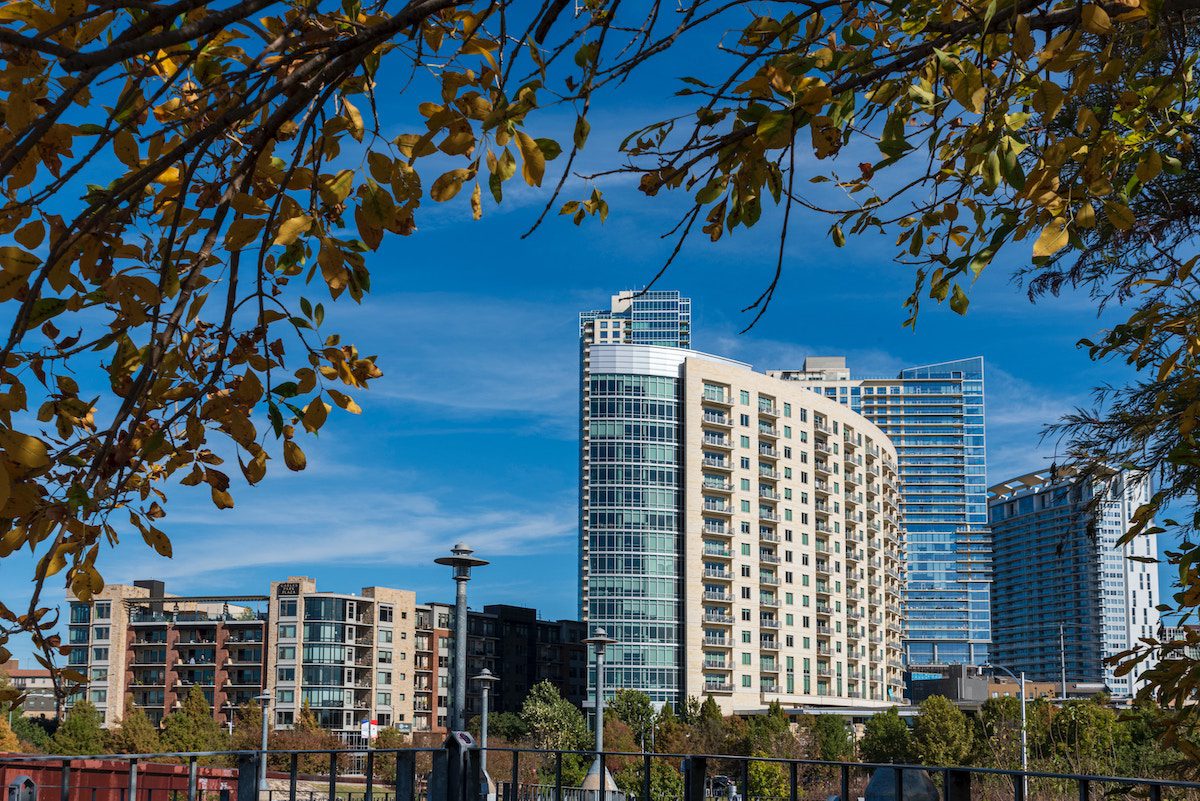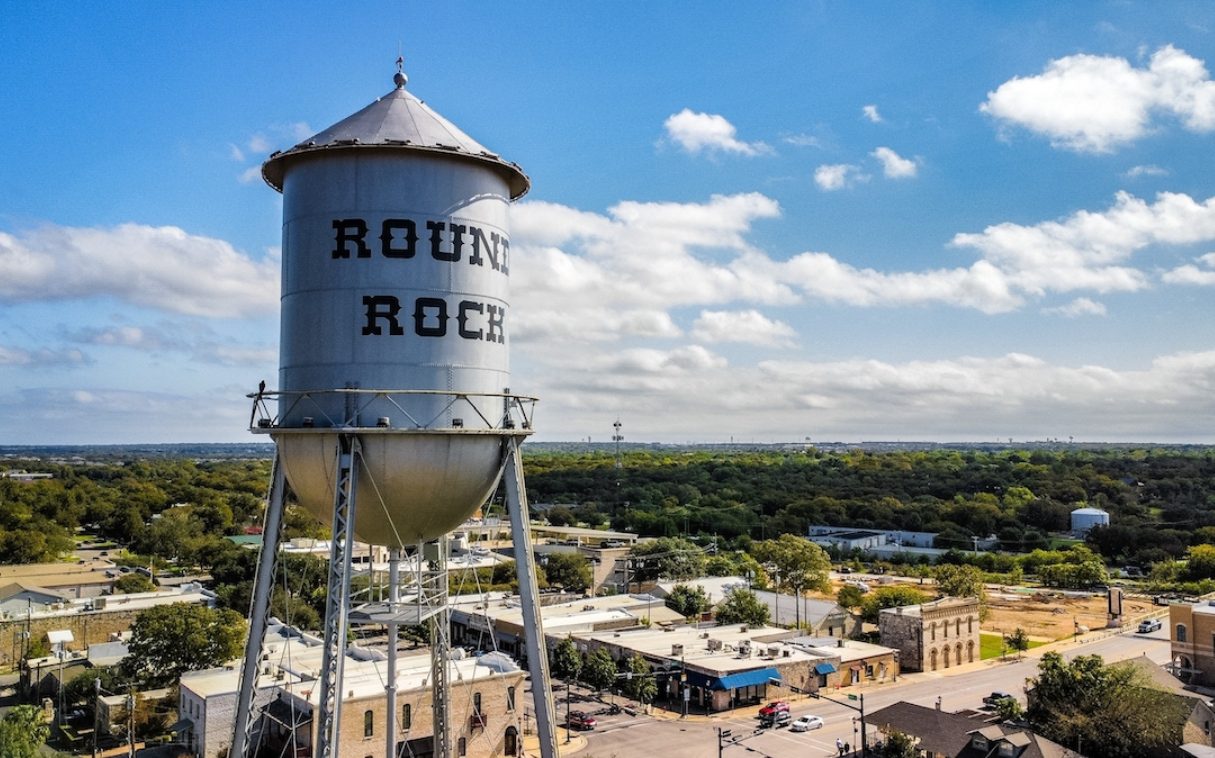Here’s what you need to know to secure a home in Austin, Texas.
Welcome to the ever-changing landscape of the Austin housing market. Known for its quirky culture, burgeoning tech industry and eclectic lifestyle, Austin has been a safe bet for real estate investments for the past decade-plus.
However, as we venture past the midway point of 2023, Austin’s real estate climate is experiencing some intriguing twists. Whether you’re a potential homeowner, a first-time seller or an investor eyeing the Austin housing market, buckle up — there’s a lot to unpack.

Median sale price
The median sale price of a home in Austin is a meaty $571,000. This may sound impressive at first glance, but when you stack it against last year’s figures, there’s a 9.94% year-over-year decrease. This pivotal number is a heartbeat monitor for the Austin housing market, and right now, that beat is slowing down a bit.
So, what does this drop really signify? Is it a sign of market stabilization or a canary in a coal mine?
Average time on the market
A home in the Austin housing market now spends an average of 48 days on the market before being sold. This is a significant increase from the 34-day average of 2022. While the Austin housing market remains competitive, it’s evidently losing some of its previous ferocity. If you’re a buyer, you might find this elongated timeline a tad comforting.
Volume of sales
Let’s talk numbers — 883 homes were sold in Austin in July 2023. This is a 3.8% decline from the previous year. Though the decline is marginal, in the world of the Austin housing market, even a small drop can ripple across the real estate pond.

Opportunity in the Austin housing market
In yesteryears, the Austin housing market was practically a gladiator arena for buyers. Homes would receive multiple offers, almost like suitors vying for a rose in a reality show. Now, the terrain seems a bit more even.
Homes in Austin are selling for about 3% below the list price, and the Sale-to-List Price ratio has declined by 2.6 points to 97.5%. To put the cherry on top, only 17.1% of homes are now selling above the list price — a stark contrast to previous years.
Austin housing market migration
Here comes the really juicy stuff: migration patterns. About 29% of Austin homebuyers are planning their exit, while a more substantial 71% are committed to staying in Austin. On the other hand, people are flocking to Austin from metros like San Francisco, Los Angeles and Chicago. It’s a fascinating migration dance that’s shaking up the Austin housing market dynamics.
But where are Austinites going? Turns out, they have their sights set on places like San Antonio, Denver and Corpus Christi. Whether it’s the allure of a different Texas city or the Rocky Mountain high, Austin’s outbound traffic is certainly something to keep an eye on.

The Austin lifestyle
Let’s not forget why people love Austin in the first place. The city boasts schools like Forest Trail Elementary and Canyon Creek Elementary, rated 10/10 by GreatSchools. The Austin housing market remains a family-friendly arena.
However, climate risks, like moderate flood and fire factors, are creeping into the Austin housing market narrative. Plus, a severe risk of heat waves over the next 30 years is something the Austin housing market simply cannot ignore.
The Austin housing market at a glance
The Austin housing market of 2023 is not what it used to be, but it has not entirely lost its luster either. Prices are more balanced, homes are staying on the market a bit longer and new migration patterns are reshaping its demographics.
For buyers, sellers and investors, understanding the nuances of the Austin housing market is essential for making informed decisions. The market may be in a cooler state, but its complex interplay of factors keeps it as fascinating as ever.

Renting in Austin
So far, we’ve been talking about buying and selling homes. But what about those of us who aren’t ready or interested in making a long-term commitment?
The Austin housing market has a lot to offer renters, too. With the city’s unique culture and growing job market, it’s no surprise that renting remains an attractive option for many. But before you sign that lease, let’s delve into what’s happening in Austin’s rental market.
Austin’s average rental prices
When we talk about rentals, the numbers are quite striking. According to recent data, Austin is witnessing some fascinating shifts in average rent:
- Studio apartments: With an average rent of $972, there’s a 13% decrease compared to last year.
- One-bedroom apartments: The average rent stands at $1,677, marking a 12% increase year-over-year.
- Two-bedroom apartments: Here, the average rent is $1,939, representing a 2% dip from the previous year.
In essence, while studio and two-bedroom apartments seem to be getting somewhat more affordable, one-bedroom apartments are moving in the opposite direction. So if you’re considering a roommate, Austin might be a good fit for you.

Neighborhoods in Austin
If you’re looking for the perfect apartment, understanding the Austin housing market at a neighborhood level is essential. Neighborhoods like Market District and Zilker have seen a surge in studio apartment rents, with a 24% and a staggering 147% annual increase, respectively. On the other hand, areas like East Austin and Oak Hill are experiencing decreases in average rent for studios by 8% and 17% respectively.
For the budget-conscious renter, the most affordable neighborhoods for a one-bedroom apartment are Cherrywood, Montopolis and South Austin, with average rents ranging from $1,033 to $1,100. These figures are significantly lower than the Austin one-bedroom average of $1,677.
Breaking down apartment rent ranges
Where does the majority of Austin’s apartment rents lie? According to the data:
- $501-$700: 0% of the market
- $701-$1,000: A mere 3%
- $1,001-$1,500: Occupies 16% of the market
- $1,501-$2,100: Commands 22% of the market
- $2,101 and above: The lion’s share at 58%
Clearly, if you’re planning on renting in Austin, you’re more likely to encounter higher-end rental costs.

How does Austin compare to other cities?
For those looking outside the Austin housing market, cities like Manor, Round Rock and New Braunfels offer alternatives with differing rental prices. For example, a studio in Manor is going for an average of $3,500, whereas in Round Rock, the average studio is priced at $1,500, a 17% annual decrease.
Austin’s rent trends
Looking at the trend data, rents for all apartment sizes have fluctuated throughout 2023, but one-bedroom apartments have seen a consistent increase. While studios and two-bedrooms show somewhat stabilized rents as of September 2023, only time will tell what the last quarter holds.
The Austin rental market at a glance
Renting in Austin? You’re not alone. Whether you’re here for live music, tech jobs or the infamous Austin weirdness, understanding the rental market is crucial. While Austin’s rental market is complex and dynamic, with neighborhoods and apartment sizes all showing different trends, one thing is clear — the Austin housing market, for buying and renting, remains a topic of captivating shifts and turns.














